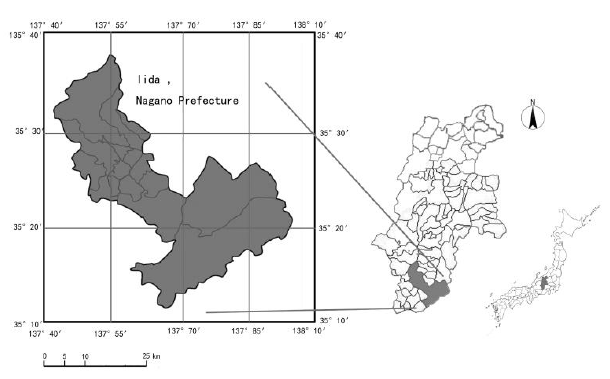Citizen-led Renewable Energy Implementation: A case study of Nagasaki Prefecture in Japan
Keywords:
Citizen-led business, FIT (feed-in tariff), Iida City, Nagasaki prefecture, Solar power generationAbstract
In Japan, since the Great East Japan Earthquake (March 2011), renewable energy has been positioned as a major energy source in maintaining self-sufficient energy schemes and realizing a low-carbon society. As a follow-up measure, the FIT (Feed-in Tariff) was introduced in July 2012. Under this scheme, regionally distributed energy was promoted, resulting in expanding the installed capacity of renewable energy by four times compared to before the scheme. Following this trend, Nagasaki Prefecture formulated the Nagasaki Comprehensive Plan and took steps to enact or amend ordinance to promote the introduction of renewable energy sources. Focusing on the resident-led renewable energy implementation strategies of Nagasaki Prefecture, this study aims to review its policy and identify the characteristics of its solar power projects and compare such with cases in other municipalities. It also discusses the challenges and obstacles for further expansion of renewable energy and the means to increase the participation of residents. While its achievements in terms of regional revitalization were recognized, several challenges were also revealed, such as the limited installation locations for solar panels in Nagasaki, the curtailment of solar PV generation in the Kyushu area without compensation, the uncertainty of securing profits due to FIT revision, etc. This study provides a reference to strengthen citizen-participatory energy projects at the local level in the midst of relevant policies that affect the economic feasibility of such projects, which keep changing.

